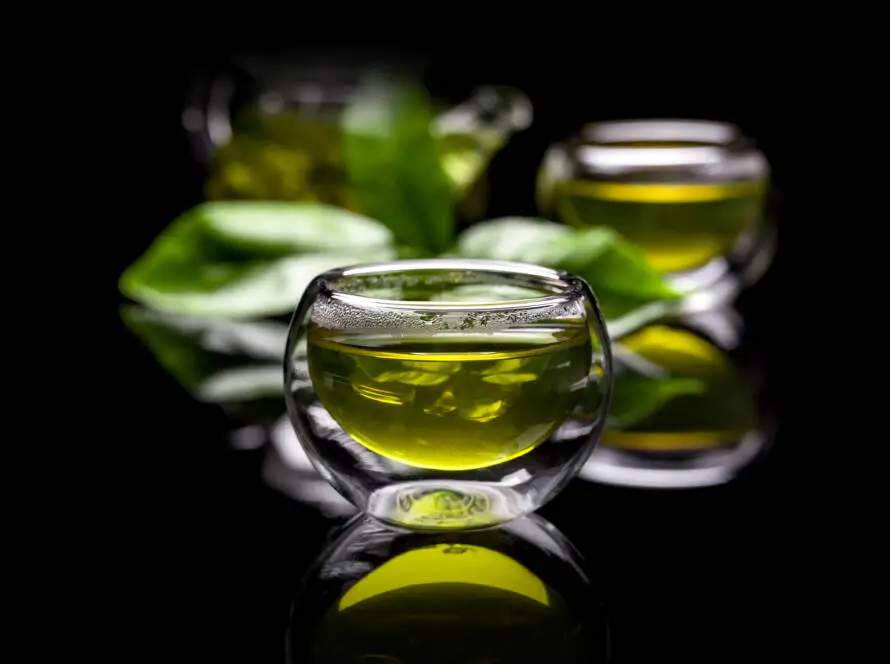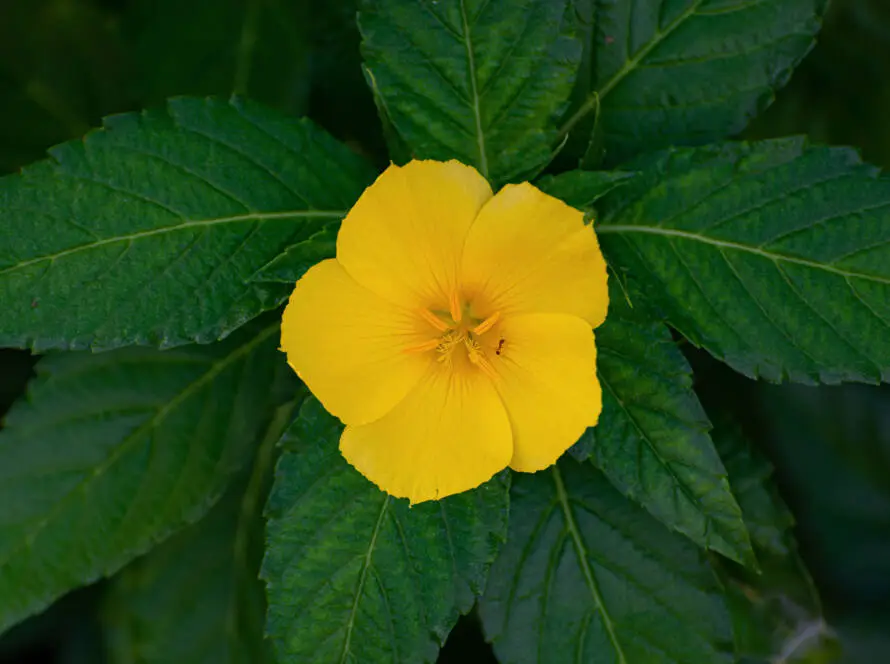Ligustrum
Introduction
Ligustrum, commonly known as privet, is a small evergreen shrub native to China, Korea, and Japan. It has adapted well to various climates and is now prevalent in the southern and western regions of the United States. This hardy plant is characterized by its glossy leaves, which provide year-round greenery, and it produces fragrant white flowers in the summer, followed by small blue-black berries in the fall. The berries of Ligustrum have been utilized in traditional medicine for their potential health benefits.
Common Names
- Ligustrum
- Privet
Latin Names
- Ligustrum spp.
What It Is Used For
Ligustrum has been the subject of various studies, particularly in traditional Chinese medicine (TCM). Some research suggests that it may have the following benefits:
- Immune System Stimulation: Potentially enhances the body’s immune response.
- Anti-Inflammatory Properties: May help reduce inflammation in the body.
- Liver Protection: Suggested to have hepatoprotective effects.
However, I would like to point out that these findings have not been substantiated by clinical studies conducted in Europe or the United States. Ligustrum is often combined with astragalus in TCM formulations to enhance its effects.
How It Is Used
Ligustrum can be consumed in various forms:
- Powdered Berries: Recommended dosage is 1-3 teaspoons (5-15 grams) daily.
- Tea: To prepare, add 1/2-1 teaspoon (2-5 grams) of powdered or crushed berries to 1 cup (250 ml) of boiling water. Steep for 10-15 minutes before consuming.
- Tincture: A typical dosage is 3/4-1 teaspoon (3-5 ml) taken three times daily.
What the Science Says
While there are promising indications of Ligustrum’s health benefits, more comprehensive research is needed to understand its effects and validate its medicinal properties fully.
Side Effects and Cautions
Currently, the side effects of Ligustrum are not well documented. As with any herbal supplement, it is advisable to consult with a healthcare professional before starting any new treatment, especially for individuals with pre-existing health conditions or those taking other medications.
Sources
- Drugs.com
- Wikipedia
This fact sheet provides a concise overview of Ligustrum, highlighting its uses, preparation methods, and the need for further research into its health benefits.
Disclaimer
The information I’ve shared about herbs is for educational purposes only and is not meant as medical advice. While many herbs have been traditionally used for their potential health benefits, individual responses may vary, and the effectiveness of herbs can depend on various factors, including personal health conditions and interactions with medications. It is essential to consult with a qualified healthcare professional or a licensed herbalist before using herbs for medicinal purposes or making significant changes to your health regimen. This information should not be considered a substitute for professional medical advice, diagnosis, or treatment.


